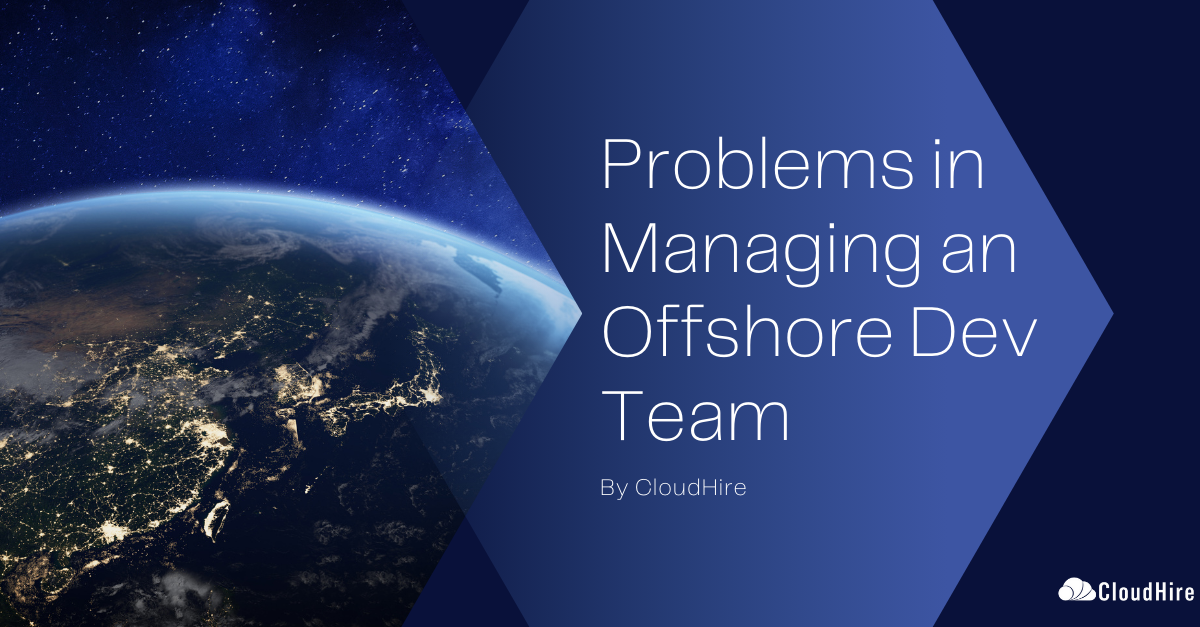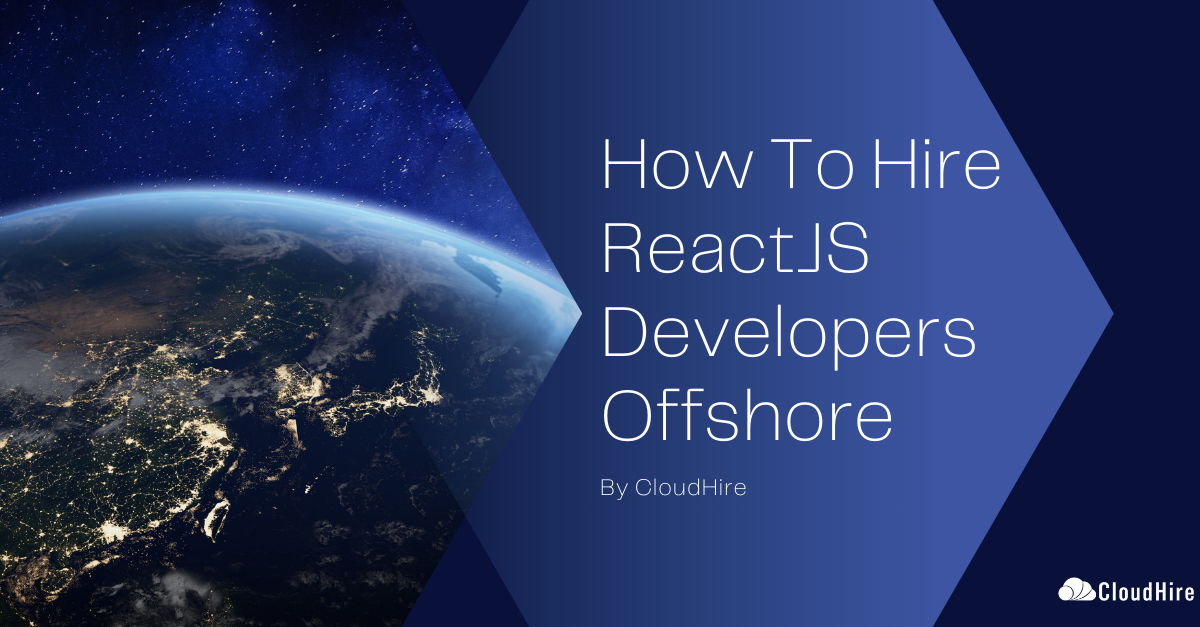B2B SaaS companies today face a unique challenge: balancing the need for aggressive revenue growth with the imperative of retaining existing customers. Steven Forth, co-founder and CEO of Ibbaka, provides a comprehensive analysis of this balancing act, particularly poignant in the era of generative AI. His insights are instrumental for C-suite executives and decision-makers aiming to optimize their business strategies.
Ibbaka’s Vision
Experienced SaaS professionals founded Ibbaka with a vision to create a community-centered, values-driven company. Rather than relying on venture capital, it has been primarily self-funded, enabling the team to maintain control over its mission and prioritize employee well-being. Unlike traditional, high-pressure SaaS firms, Ibbaka emphasizes work-life balance, allowing employees to care for their families and contribute to society without burnout.
Ibbaka aims to enhance the B2B SaaS experience with a focus on pricing, a complex area influenced by emotional, economic, and behavioral factors. By leveraging data insights and consumer psychology, Ibbaka strives to develop pricing models that resonate emotionally with customers, positioning the company as a partner in improving business interactions and scalability.
Challenges For B2B AI companies
- Rising Variable Costs with Generative AI:
Generative AI applications, like OpenAI’s advanced models, have high computational demands, significantly increasing variable costs. Unlike traditional B2B SaaS, where variable costs are negligible, AI-powered applications need careful pricing strategies to account for these expenses without solely relying on cost-based pricing. - Reduced Operating Margins:
The high computational expenses mean operating margins for B2B AI companies are expected to drop by 20-30%, potentially reaching as low as 50%. This shift challenges long-held investor expectations for SaaS profitability, influencing valuations and changing how companies are assessed financially. - Necessity of Generative AI for Competitive Survival:
Despite reduced margins, B2B companies are compelled to adopt generative AI to deliver sufficient customer value and remain competitive. Failing to integrate AI could mean losing relevance in the market. - Shift Towards Dynamic Configuration and Pricing:
AI-driven technology enables rapid configuration of systems, such as business support systems (BSS), which can now be set up in minutes. This shift requires companies to adopt dynamic pricing models that can adjust as fast as configurations, reflecting real-time changes in customer value and context. - Emergence of “Generative Pricing” Models:
Traditional pricing approaches, like demand-based dynamic pricing or value-based pricing, are not fully adaptable to generative AI’s unique capabilities. B2B AI companies need a new “generative pricing” model that dynamically configures prices to maximize customer value and adapt to changing contexts in real time.
The Role of Generative AI in Shaping SaaS Strategies
Generative AI, a transformative force in the SaaS sector, is reshaping how companies approach both growth and retention. According to Forth, companies leveraging generative AI are experiencing shifts in their pricing and business models. This technology allows for dynamic and personalized customer interactions, offering businesses the ability to tailor solutions to individual client needs, thereby enhancing customer satisfaction and retention.
However, the adoption of generative AI also introduces complexity in pricing models. Traditional static pricing strategies are giving way to more dynamic and flexible models that reflect the real-time value delivered to customers. This shift necessitates sophisticated value modeling—a service that Ibbaka provides, helping companies align their pricing strategies with the value they deliver.
Strategies for Overcoming Growth and Retention Challenges
To successfully balance growth and retention, SaaS companies must adopt several strategic approaches:
- Dynamic Pricing and Value Models:
Embrace dynamic pricing strategies that reflect the real-time value provided to customers. Companies like Ibbaka are at the forefront, offering tools to build and refine these value models, ensuring that pricing aligns with customer value perception.
- Focus on Customer Success:
Establish robust customer success teams that can actively engage with customers to understand their evolving needs and ensure they are receiving maximum value from the product. This proactive engagement is crucial for minimizing churn.
- Leveraging Data Analytics:
Utilize data analytics to gain insights into customer behavior and preferences. This information can guide product development and marketing strategies, helping to tailor offerings to meet customer needs more effectively.
- Adapting to Market Changes:
Stay agile and be willing to adapt business models in response to market changes. As generative AI continues to evolve, companies must remain flexible to incorporate new technologies and methodologies that enhance customer value.
- Strategic Investment in AI:
While generative AI offers significant benefits, it also requires substantial investment in technology and talent. Companies should strategically invest in AI capabilities that align with their business goals and customer needs.
The Valio Platform – Guide to Dynamic Pricing
Here’s a summary of the value Ibbaka’s platform, Valio, provides to businesses for dynamic pricing:
- Framework for Value-Based Pricing:
Valio uses a value-based pricing approach, helping businesses determine and communicate the specific value they bring to customers. It guides initial conversations by offering a framework of questions and data points to assess value, allowing businesses to link value directly to price.
- Granular Value Insights:
The platform provides detailed insights on various factors contributing to value, such as risk reduction, revenue growth (e.g., increasing contract value or improving win-loss ratios), and efficiency gains. This breakdown enables businesses to identify specific ways they create value for each customer segment.
- Customer Success Tracking and Documentation:
Valio supports ongoing customer success by documenting value delivered over time. This helps businesses not only promise but also demonstrate value, which builds customer trust and enhances long-term relationships.
- Dynamic Value Model Updates:
Currently, Valio’s value models are periodically updated, but with generative AI advancements planned by 2025, these models will dynamically evolve in real time. This will enable faster responses to changing customer needs and market conditions.
- Assessment of Value Capture Ratios:
The platform calculates a business’s value capture ratio, showing how much value it retains relative to the value delivered (often around 5% in B2B SaaS). By improving communication of value and reducing perceived risk, Valio aims to help companies gradually increase their capture ratios, potentially up to 10% in the coming years.
- Preparation for Generative Pricing Models:
As generative AI continues to evolve, Valio is developing generative pricing models that blend value-based pricing with dynamic adaptability. This approach will allow companies to adjust pricing based on real-time customer value, optimizing revenue while meeting customer expectations.
Emerging Metrics To Focus On
Here’s a summary of the emerging metrics companies should focus on and how Ibbaka’s platform supports them:
- Net Revenue Retention (NRR)
- Importance: NRR is increasingly emphasized by customers, private equity, and venture capital investors as a critical performance metric. It encompasses both churn (loss of customers) and expansion revenue (revenue growth within existing customers).
- Platform Capability: Ibbaka has developed predictive analytics for NRR, which allows companies to forecast NRR by managing its different components (churn, expansion revenue). While these tools are effective internally, a full productization of the NRR predictive tool is planned for 2025.
- Customer Lifetime Value (LTV)
- Importance: Customer Lifetime Value is seen as a key metric for SaaS businesses, potentially becoming a basis for company valuation in the future. However, pricing model changes make it harder to predict, especially with dynamic agent-based pricing versus fixed subscriptions.
- Platform Capability: Ibbaka is working toward AI-driven solutions to simplify complex LTV calculations, aiming to make it an actionable metric even as pricing models evolve.
- Value Capture Ratio
- Importance: This ratio indicates the percentage of value a company retains compared to the total value created for customers, often around 5% in B2B SaaS. Increasing this ratio can enhance revenue, but it requires improved value communication and reduced perceived risk.
- Platform Capability: Valio’s value-based pricing framework helps businesses link value and price, which can support efforts to raise the value capture ratio.
- Churn and Expansion Revenue Balance
- Importance: While managing churn was previously prioritized, Ibbaka’s recent data shows that some high-growth companies are now balancing high churn with high expansion revenue, especially in dynamic fields like generative AI. This pattern might be temporary or could persist as a new strategy.
- Platform Capability: Ibbaka’s platform helps track churn and expansion revenue, providing insights into whether high churn can be sustainable if offset by rapid expansion revenue, allowing businesses to make data-driven decisions based on this trend.
Conclusion
The insights shared by Steven Forth underscore the importance of balancing growth with customer retention in the SaaS industry. By embracing innovative technologies like generative AI and adopting strategic approaches to pricing and customer engagement, companies can successfully navigate the challenges of this dual imperative.
As the industry continues to evolve, leveraging global talent through partners like CloudHire can provide the additional flexibility and expertise needed to stay competitive in a rapidly changing market landscape.








